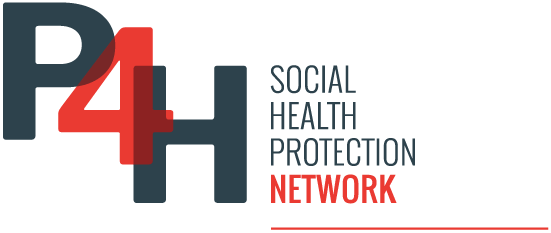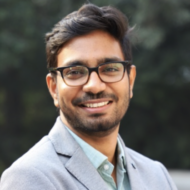In WHO Southeast Asia, only 1 in 5 women and 1 in 4 men have health insurance, with major gaps due to cultural, economic, and systemic factors. Tailored policies, stronger financing, and community education are needed to boost coverage and achieve Universal Health Coverage.
A study analyzing health insurance coverage in the World Health Organization’s Southeast Asia Region—encompassing countries such as India, Bangladesh, Myanmar, and Indonesia—reveals significant disparities and challenges in insurance uptake, especially among women. The research shows that only about one in five women in the region have any form of health insurance, compared with one in four men. Social security schemes cover one in eight women, while just one in thirteen have private or commercial insurance. In contrast, men’s coverage is higher, with Indonesia reporting the highest health insurance prevalence (over 56%), and Myanmar the lowest (around 1.5%). India shows moderate insurance uptake at 53% among women and 56% among men.
The analysis is based on data from Demographic and Health Surveys conducted between 2015 and 2022 and identifies several factors influencing insurance use. Older age, higher educational attainment, and more frequent media exposure positively affect insurance coverage for both women and men in countries studied. Nevertheless, individual factors alone do not fully explain variations in coverage; broader contextual factors such as government commitment, the design and implementation of insurance programs, and overall economic conditions play critical roles in shaping health insurance access.
Cultural and social dynamics also significantly impact insurance adoption. Traditional beliefs and mistrust of formal financial and insurance systems are prominent barriers, especially in rural communities of India, Nepal, and Bangladesh, where informal, community-based support networks remain preferred over formal insurance mechanisms. This cultural preference contributes to lower insurance enrollment in such regions.
The study underscores the importance of country-specific strategies to improve health insurance coverage effectively. Policymakers need to prioritize building sustainable health financing systems and strengthening healthcare infrastructure resilience. Increasing community awareness about the benefits and availability of health insurance is equally essential to enhance acceptance and uptake. Furthermore, addressing socioeconomic disparities and focusing on underinsured groups is vital to promoting equitable access to health insurance. Such measures are critical for advancing towards Universal Health Coverage (UHC), a major goal outlined in the United Nations’ Sustainable Development Goals. Without addressing these multifaceted challenges, many populations in the WHO Southeast Asia Region will continue facing financial hardship in accessing healthcare, potentially hindering broader health equity and economic stability in the region.



